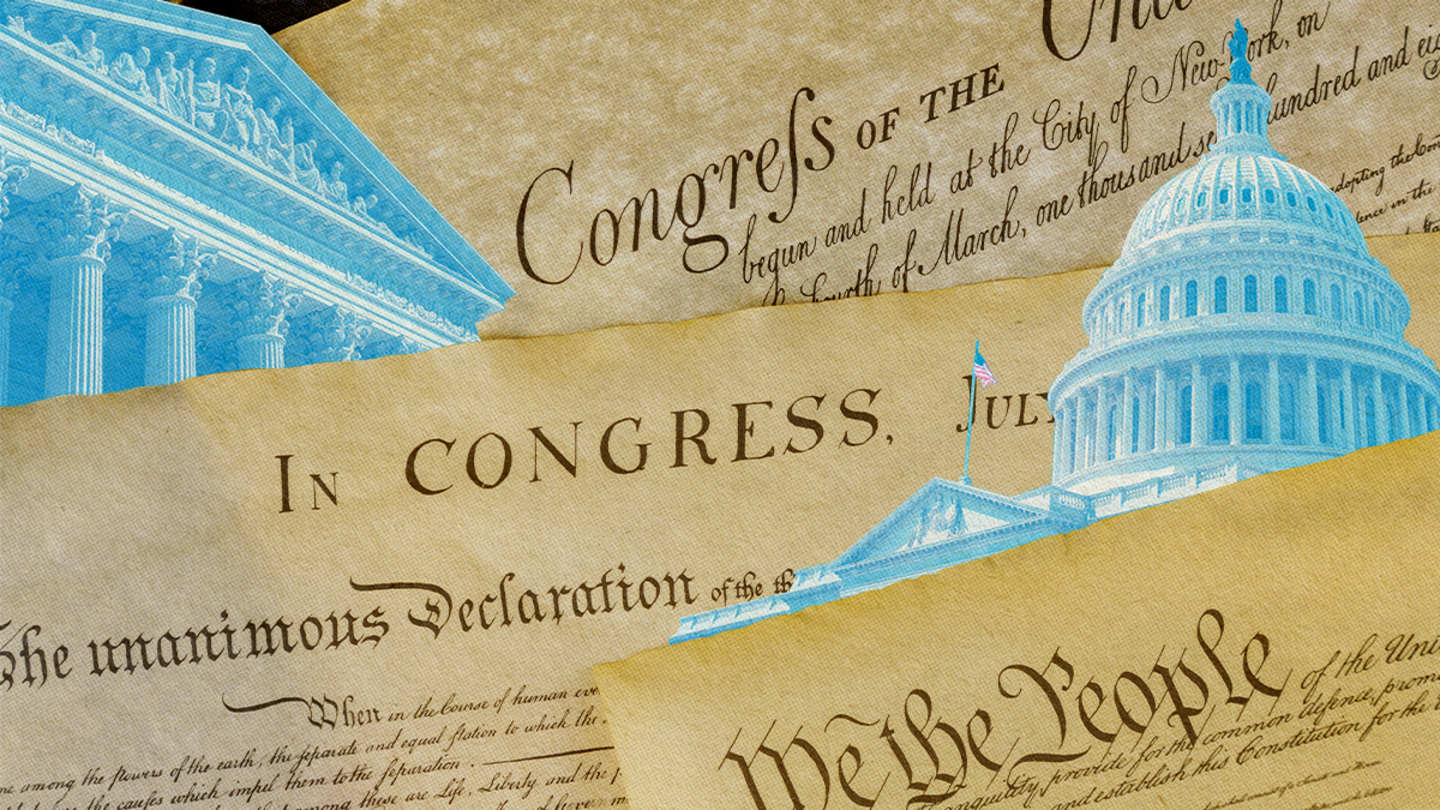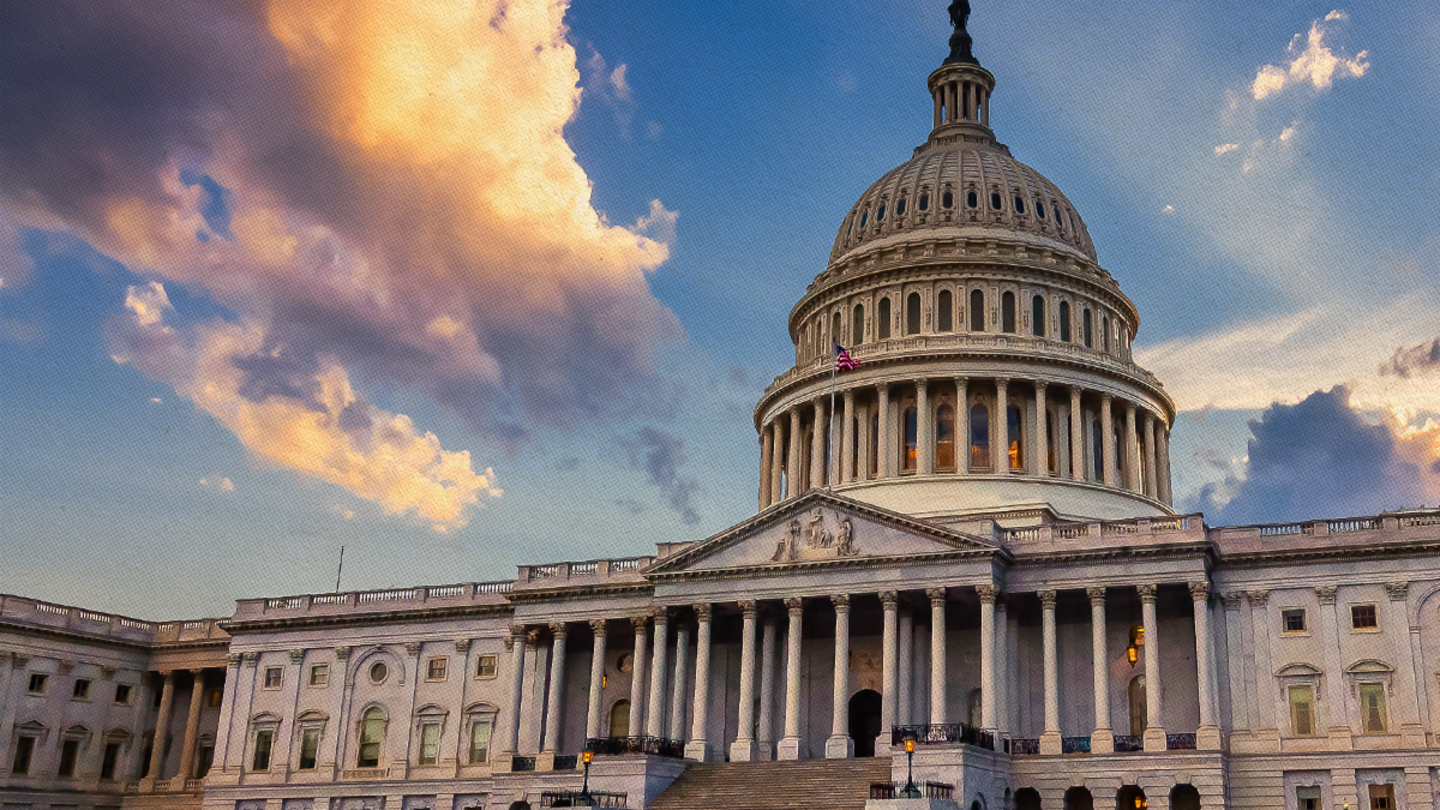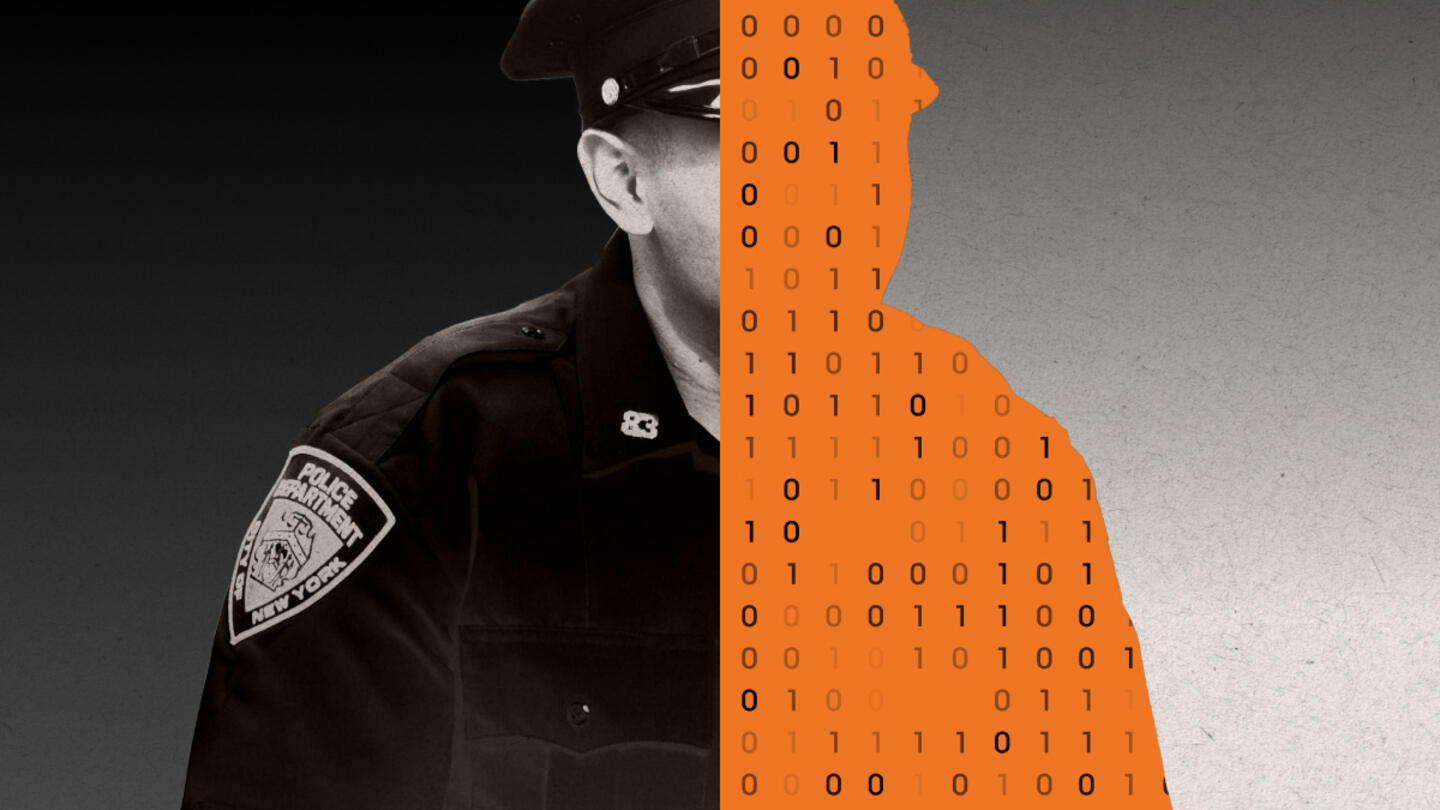The Supreme Court has made it clear: The First Amendment applies to social media. Never has it been easier for individuals to voice their opinions not just in their community, but to a larger swath of society through social media platforms.
As tech companies, policymakers, and consumers make sense of the new practice of civil discourse, protecting First Amendment rights is paramount. The good news is that last term, the Supreme Court signaled the desire to safeguard free speech online in its ruling in Moody v. NetChoice
To understand the significance of the case and why it matters to social media users, we sat down with Corbin Barthold, internet policy counsel at TechFreedom, and Ronnie London, general counsel at Foundation for Individual Rights and Expression (FIRE).
Stand Together: Can you explain to us what Moody v. NetChoice is about?
Barthold: There are two laws, one out of Florida, one out of Texas, that, among other things, require large social media platforms to host and spread a lot of speech against their will. One court of appeals — the 11th Circuit — found that the Florida law violates the platforms’ First Amendment right to editorial control over what speech appears on its service. Another court of appeals — the 5th Circuit — created a new rule, under which the state has a right to dictate what speech a social media platform shall allow.
The Supreme Court noticed that these laws might apply in many circumstances that the two courts of appeals did not consider. For example, do the laws govern email? The Supreme Court directed the lower courts to figure it out.
Along the way, though, the justices also declared that the 5th Circuit’s decision rested on a “serious misunderstanding of First Amendment precedent and principle.” The justices confirmed that social media platforms indeed have a First Amendment right to editorial control over what speech appears on their newsfeeds.
Florida and Texas framed their laws as “anticensorship” measures that protect conservative political speech. The Supreme Court made clear that the First Amendment bars the government from trying to “level the playing field” in this way.
But the larger point, from the perspective of users’ rights, is that the two laws would do far more than protect conventional political speech. Both laws would force social media platforms to host and spread all sorts of lawful but awful content, including spam, hate speech, and harassment.
As the 11th Circuit observed, Florida’s law “is so broad that it would prohibit a child-friendly platform like YouTube Kids from removing — or even adding an age gate to — soft-core pornography posted by PornHub.”
Florida and Texas tried to subject social media to government central planning. They tried, in particular, to turn every major platform into a miserable place dominated by the most obnoxious speakers. The Supreme Court’s decision preserves users’ right to enjoy a diverse social media market, in which different platforms offer distinct speech environments. Some platforms can focus on free-wheeling debate, others on fostering close-knit community, and so on.
Why should people care about this case?
Barthold: I just mentioned the damage Florida’s and Texas’ laws would do. But it’s important to understand also that, had Florida and Texas prevailed, other states could jump in and pass their own online speech codes. If social media platforms have no right to editorial control, that means the government can push platforms in either direction — toward allowing more or less speech. And make no mistake: Many states want to force platforms to suppress speech.
In both the United States and Europe, politicians like to pin responsibility for complex social problems on social media. This is a great way for these politicians to deflect attention from their own failures and inadequacies.
In the United States, thankfully, the First Amendment protects us from these politicians. They can make excuses, they can scapegoat, they can demagogue, but, outside of very narrow circumstances, they can’t force social media platforms to silence us. In Europe, it’s quite different.
Sign up for the Stand Together newsletter and get stories, ideas, and advice from changemakers to help you tackle America’s biggest problems.
The E.U. and the U.K. are about to start fining platforms for hosting any speech the government deems “dangerous.” The president of France has floated the idea of banning social media altogether during periods of social unrest. In the United States, the First Amendment protects us from such authoritarian impulses.
That said, we apparently came very close, in the NetChoice cases, to losing these rights. Justice Samuel Alito wrote a concurrence (a separate opinion that doesn’t bind anyone) in which he sympathized with the 5th Circuit’s view that the government can control online speech.
We now know, from a recent report by CNN, that Justice Alito was initially assigned the task of writing the opinion for the court. He was relegated to publishing a concurrence only after some of the justices balked at how hard his draft opinion cut against the platforms.
It appears that, had he written something just slightly less extreme, he might have held his majority and succeeded in issuing a ruling that limited platforms’ First Amendment rights. A near miss!
How does the recent decision from the Supreme Court on the NetChoice cases impact individual users’ rights online?
London: The decision made clear there’s no “social media exception” to the First Amendment and rejected any notion that the government has more authority over speech online than offline. The court reinforced the constitutional rights of all participants in the social media ecosphere and on any other Internet forum or website that moderates or curates users’ speech.
In sending the cases back for further analyses by courts in Texas and Florida, the Supreme Court articulated key First Amendment principles that will guide those proceedings as well as many other cases. That included, in no uncertain terms, rejecting the 5th Circuit’s views that social media moderation is “censorship,” or that social media platforms are common carriers.
The decision reaffirms that states cannot restrict or compel speech to tilt public debate in their preferred direction. Further, it establishes that the government cannot dictate what posts social media platforms must publish or what priority they receive, any more than it can dictate what op-eds, letters to the editor, or other stories newspapers or magazines must publish.
It also means that if users wish to patronize social media that are, for example, family-friendly, or that invite and prioritize conservative (or other) viewpoints, the First Amendment ensures that the platforms can maintain those standards and priorities. And finally, it means, for instance, the government must satisfy all applicable constitutional standards before it can take action against platforms millions of Americans use, like TikTok.
It's clear to see that the decision inures to the benefit of users and their constitutional right to free speech online.
What does this case and the surrounding debate about digital speech tell us about free speech culture in the United States (at the current moment in history)?
London: Foremost is reinforcement that all speech must compete for and earn acceptance in the marketplace of ideas. The court reiterates that it is not a legitimate governmental role under the First Amendment to “balance” public discourse.
Social media will platform and prioritize user posts that speak to the platform’s objectives, whether that is maximizing users and engagement, offering a forum for one or more specific discourse communities, or fostering diverse viewpoints on matters of public interest.
It is concerning that there is sufficient appetite to invite the hand of government into the arena that the people’s representatives are incented to pass laws like these. But the fact that so many members of the public want a fair shot to participate in the national (and international) conversation is reassuring.
What is procedurally going to happen next, and what should we look out for?
London: The cases will ultimately return to their respective lower courts in Texas and Florida for further proceedings, to apply the Supreme Court’s guidance on how the First Amendment analysis should have proceeded.
The Texas law is the more straightforward of the two (all things being relative), and the district court there enjoined the law, in part based on long-standing precedents hostile to compelled speech, which the Supreme Court’s decision also relied upon.
A remand to that court would mean it will need to conform the rest of its analysis to the framework the [Supreme] Court prescribed. The 5th Circuit, for its part, must stake out a new path avoiding its prior approach that the Supreme Court majority rejected.
The Florida law is somewhat more multifaceted and may require more painstaking and nuanced review. It will be interesting to see how the court approaches services beyond social media publishing, such as direct messaging or services like online marketplaces or rideshares, and how that affects the First Amendment analysis.
The direction that the Supreme Court provided may also offer an opportunity for NetChoice to further tailor its challenges to the laws in anticipation of the further judicial review.
Barthold: The big question right now is: Which courts will tackle the next stage of the litigation? The 11th Circuit has already handed its case back to the trial court, where the parties will now probably engage in discovery — that is, extensive investigation into the platforms’ policies and practices.
As of this interview, though, the 5th Circuit has yet to take similar action. In fact, the trade groups representing the platforms in NetChoice have asked to submit supplemental briefing directly to that court.
This approach is not without risk. After all, the 5th Circuit panel seems hostile to the platforms and partial to Texas. It’s possible the 5th Circuit will simply rule against the platforms again, and the case will be back at the Supreme Court before we know it.
LOOKING FORWARD
In the future, there will be more cases at the Supreme Court concerning First Amendment issues and online speech. The justices have signaled previously that they are taking a cautious approach, for fear one of their decisions might “break the internet.” The ruling in Moody v NetChoice conveys a similar caution, while signaling a hope that the justices intended to protect users’ First Amendment rights going forward.
TechFreedom and Foundation for Individual Rights and Expression (FIRE) are supported by Stand Together Trust, which provides funding and strategic capabilities to innovators, scholars, and social entrepreneurs to develop new and better ways to tackle America’s biggest problems.
Learn more about Stand Together’s free speech efforts and explore ways you can partner with us.

A landmark Supreme Court decision is bringing a return to federalism.

How the Supreme Court decision affects Congress’ job.

What we think we know about other Americans’ views — and what we get very wrong.

How to maximize new innovations to keep communities safe.
